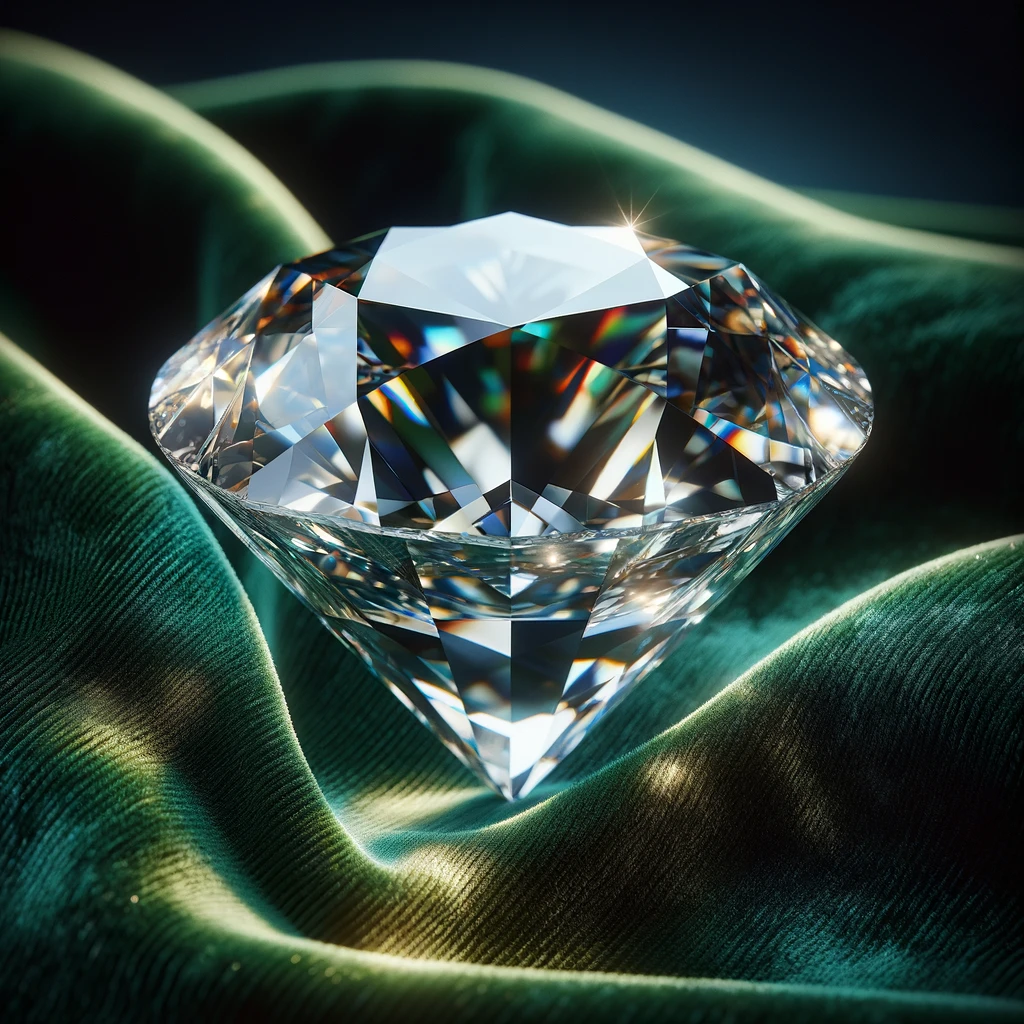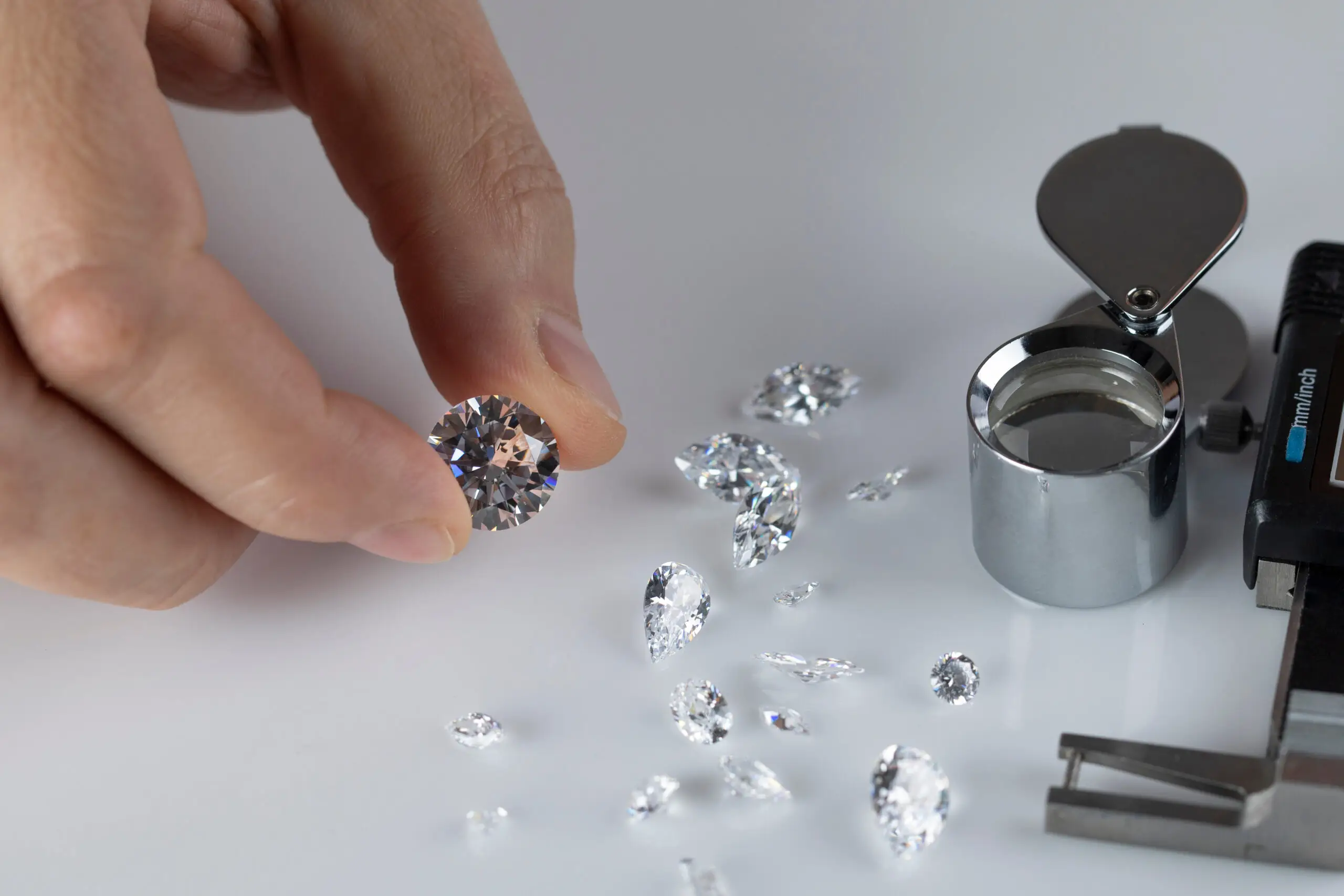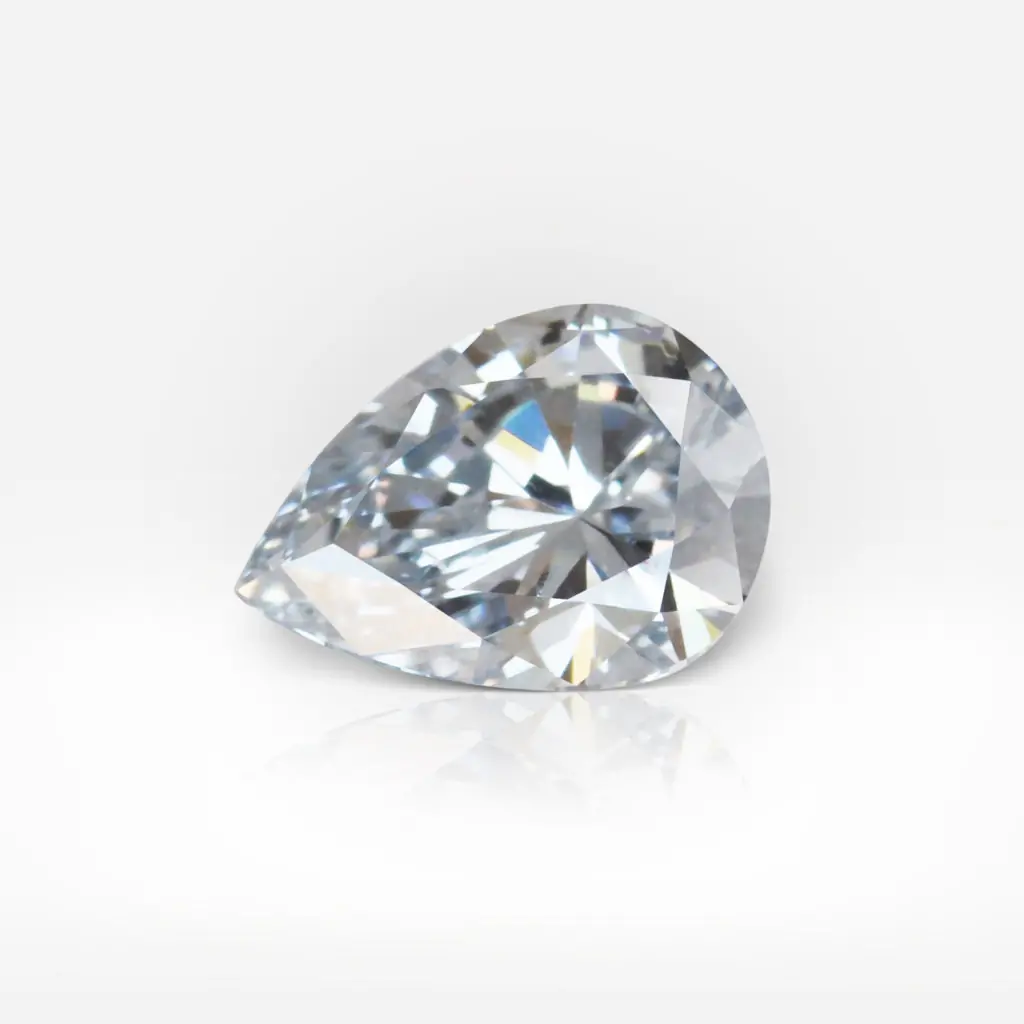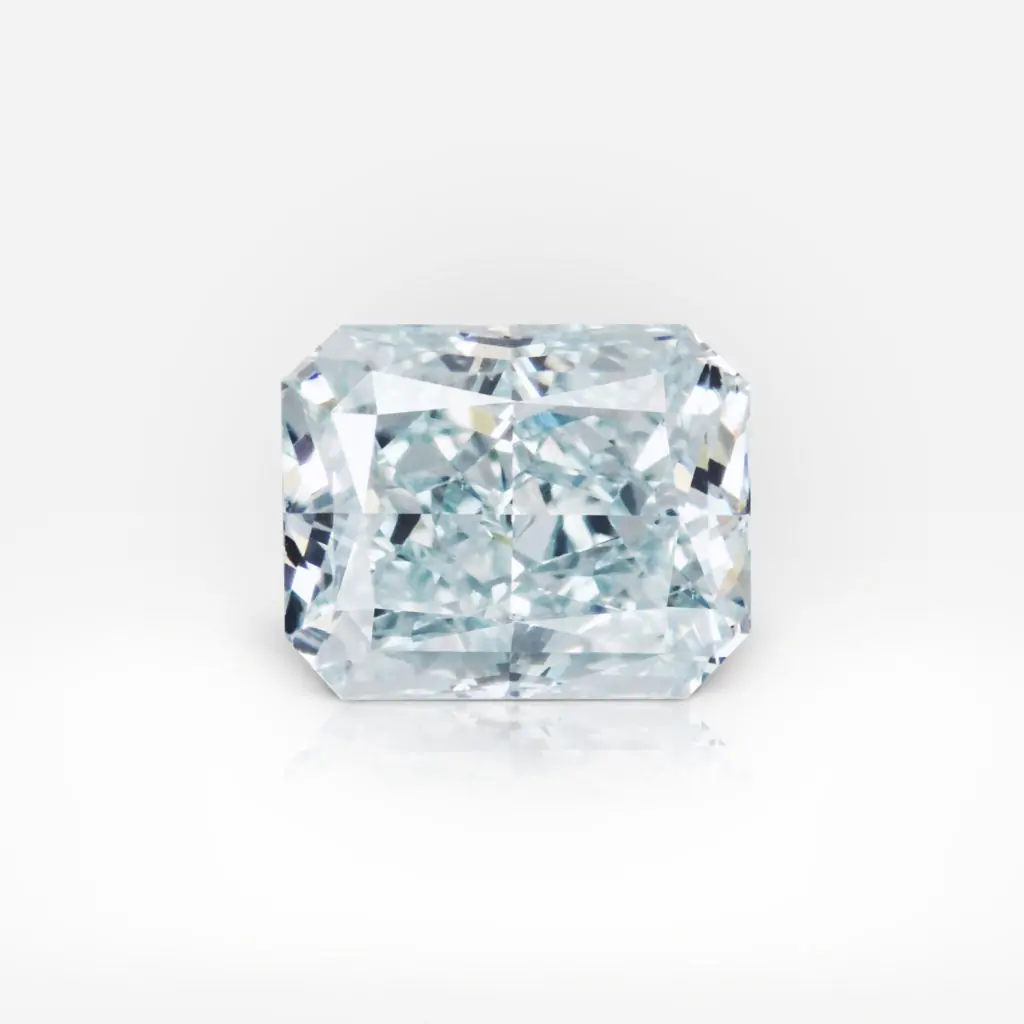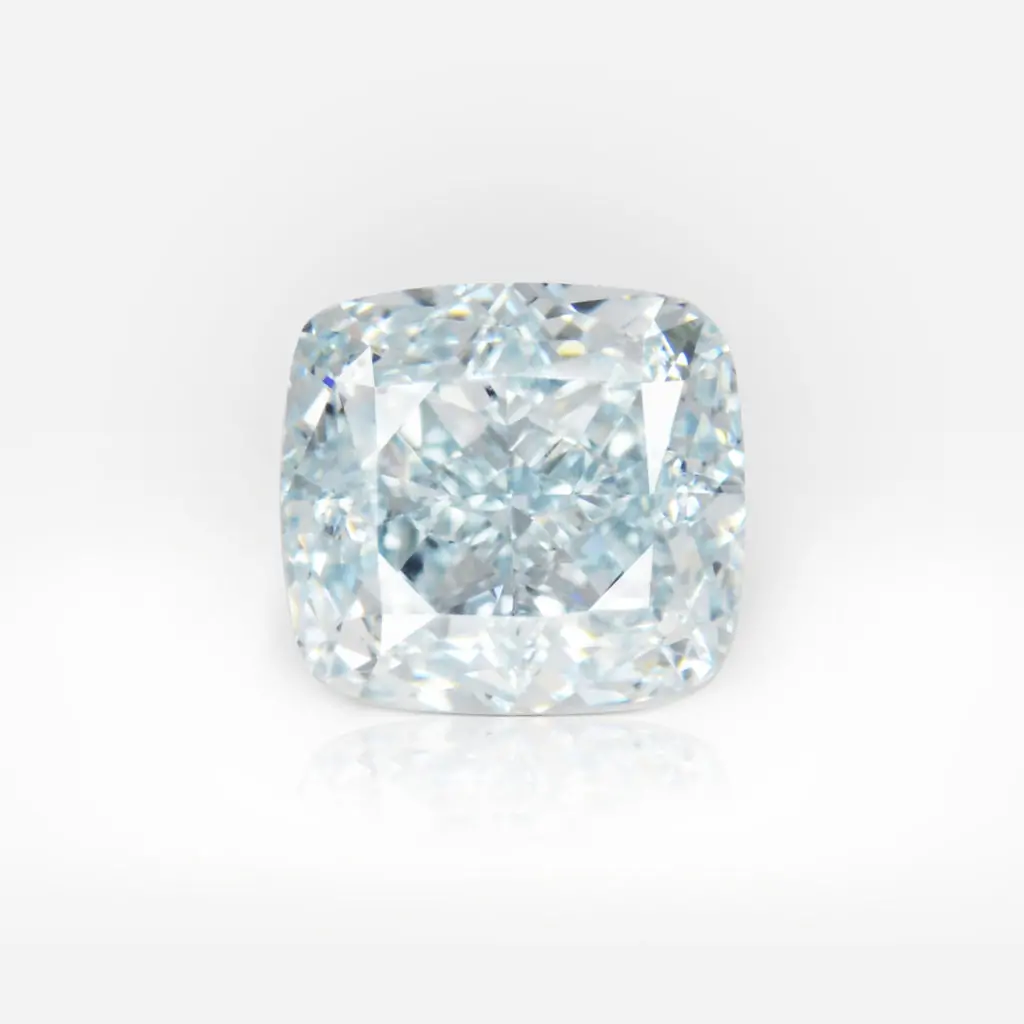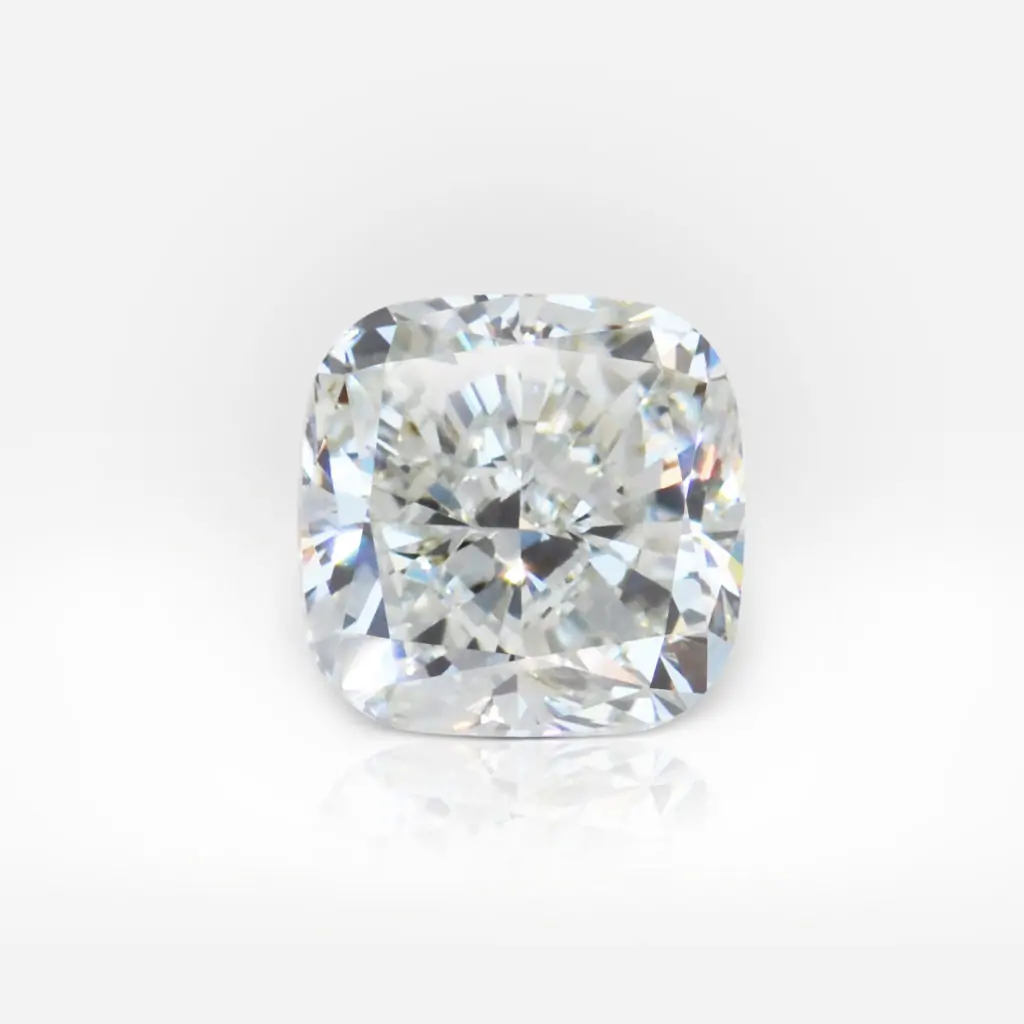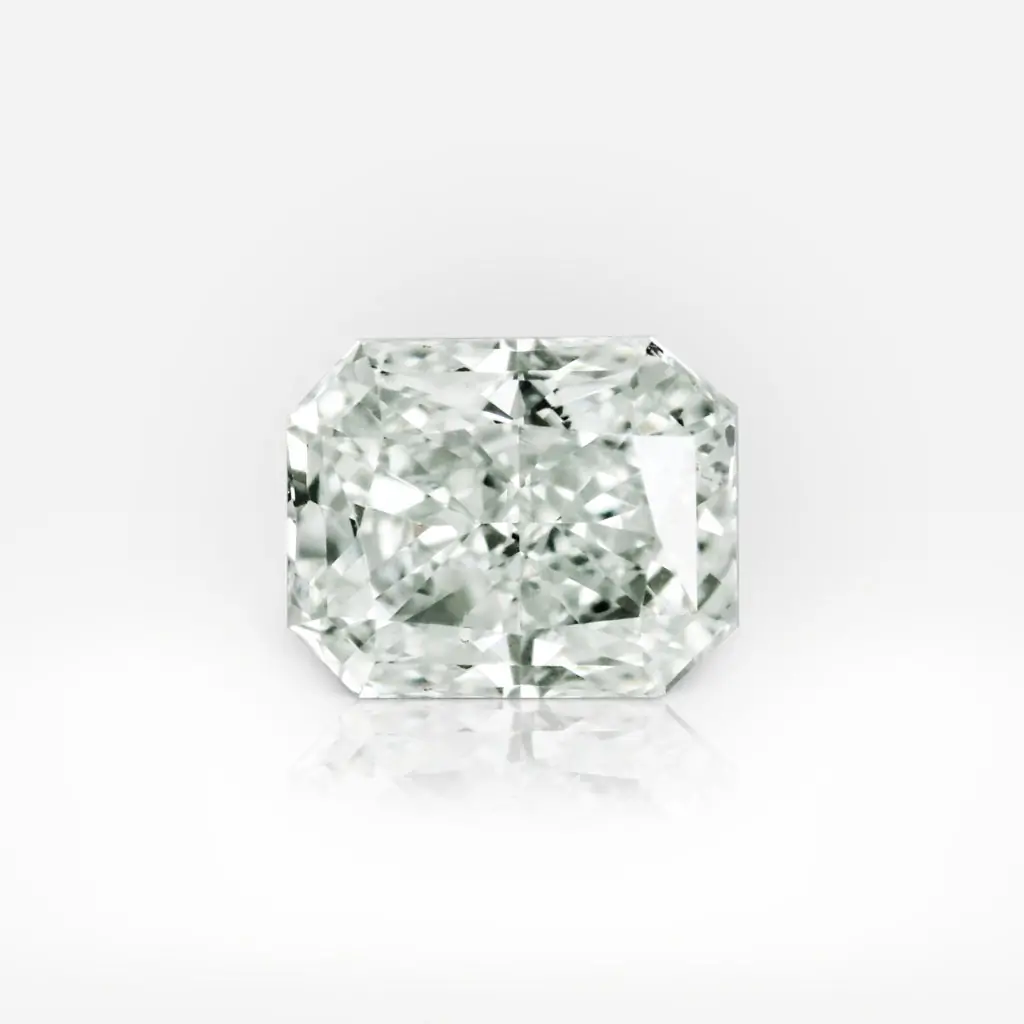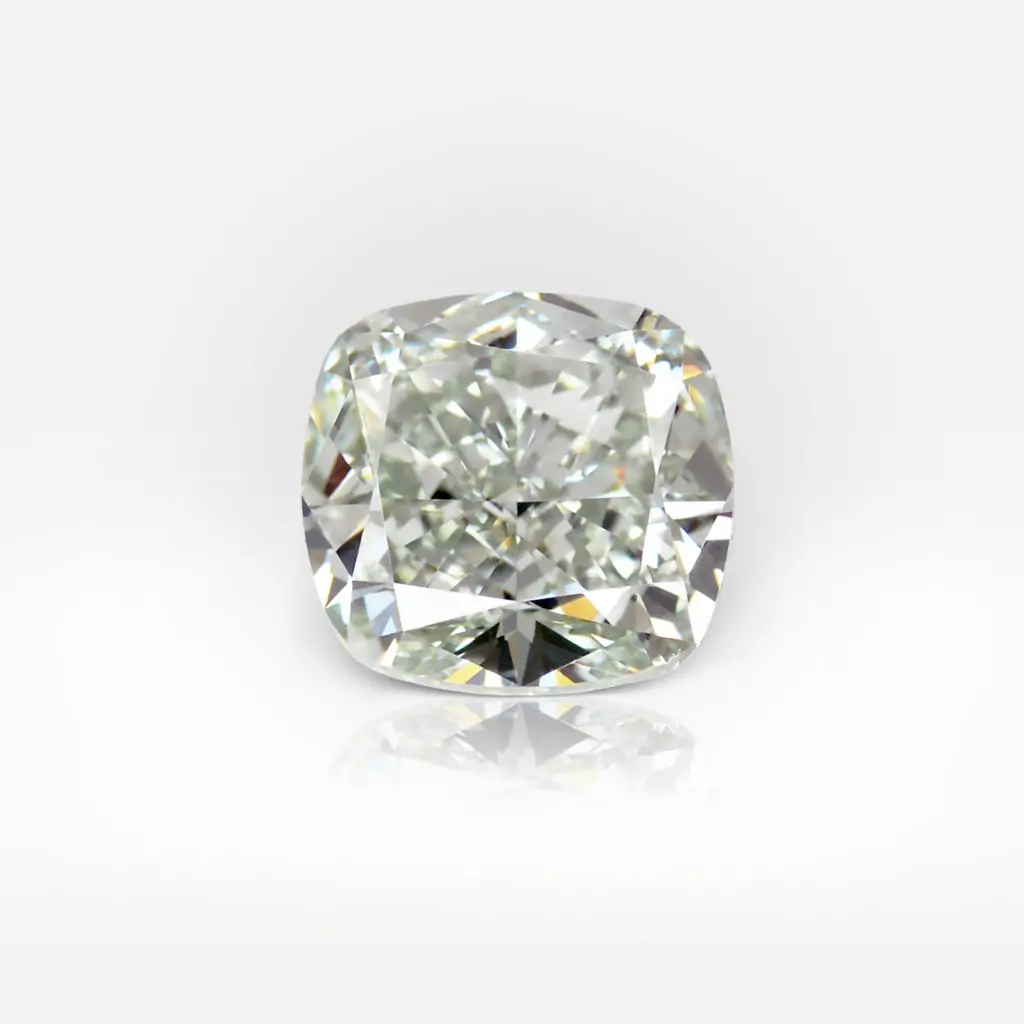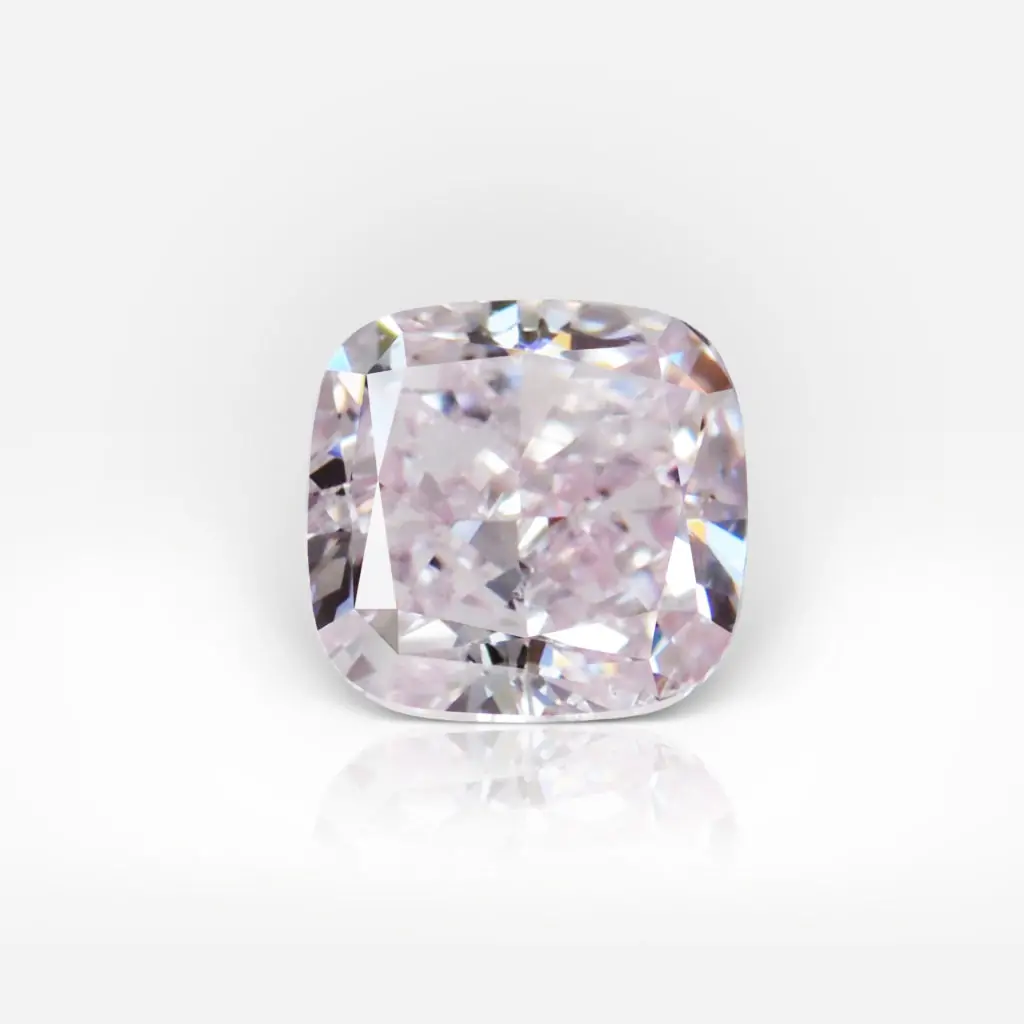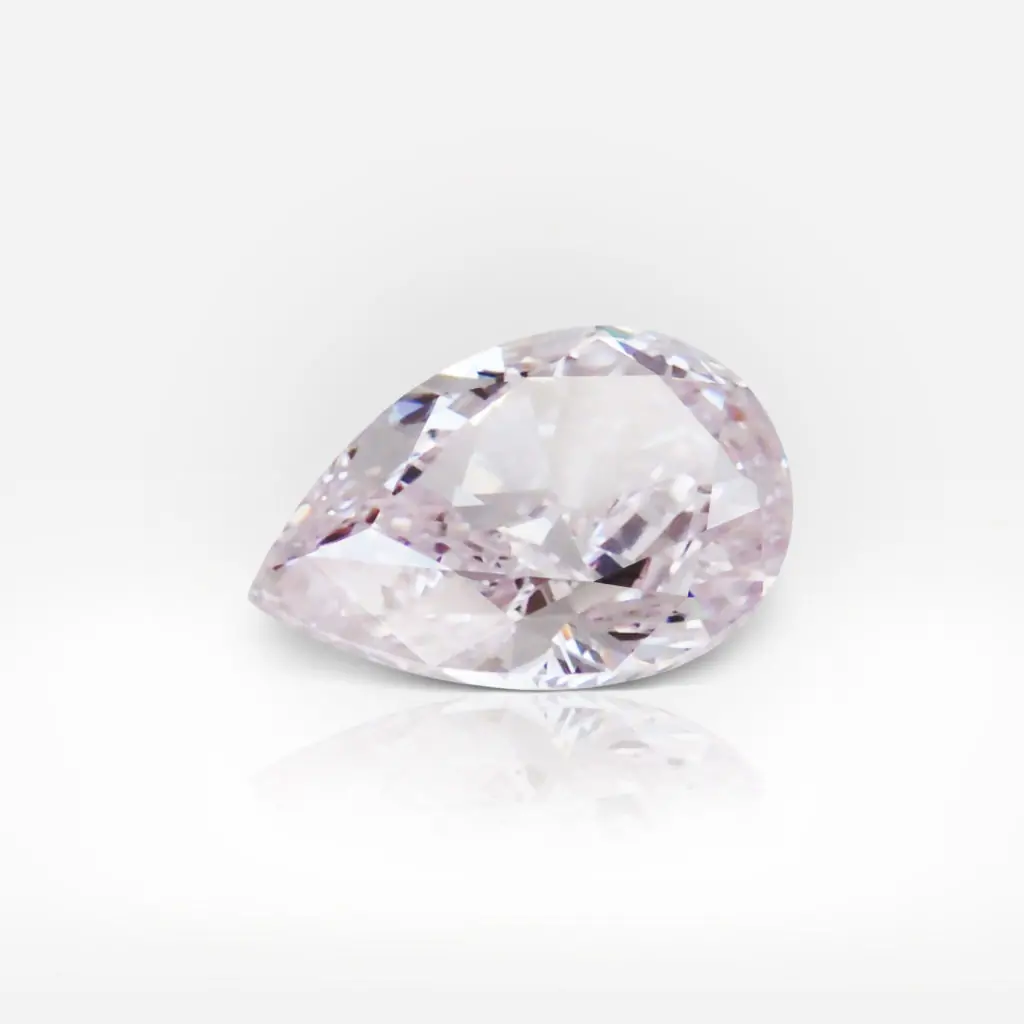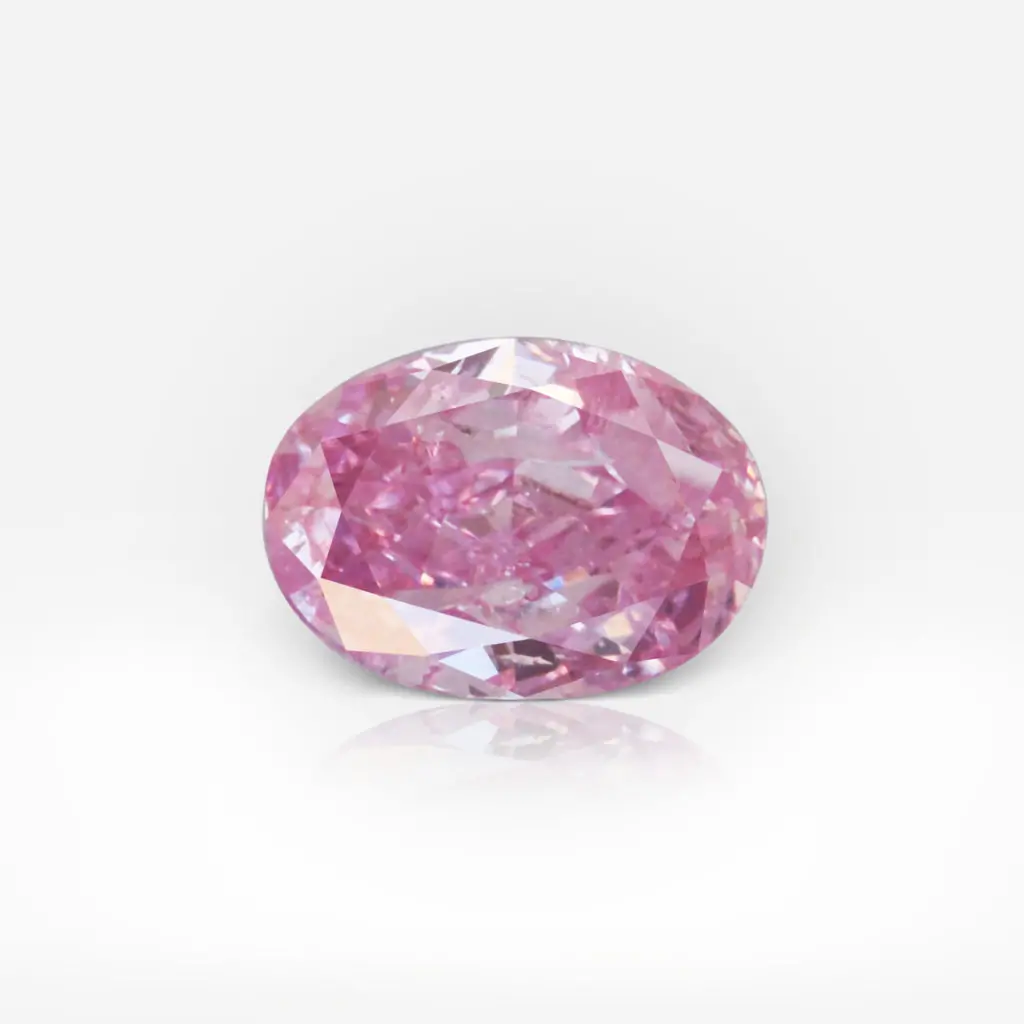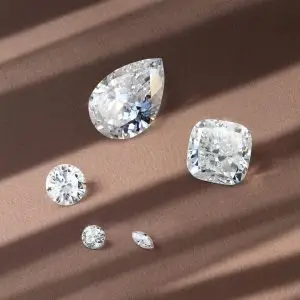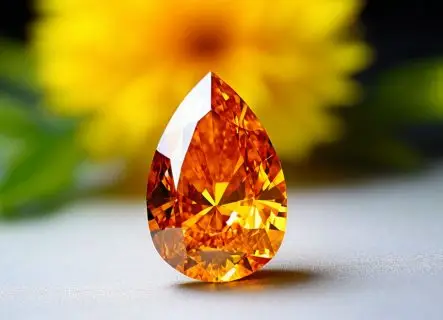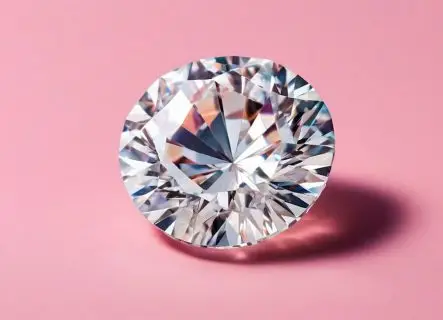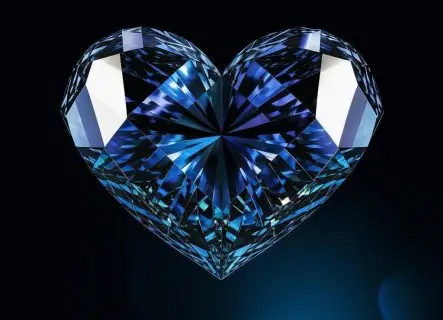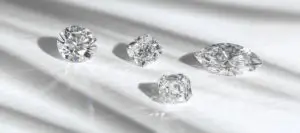
Who hasn’t dreamed of owning a diamond?
Imagine: you present a diamond to your loved one as a symbol of your eternal feelings, or you buy an investment diamond and carefully store this treasure in a safe. Or alternatively, you come to a party, dazzling everyone with your beauty and the brilliance of your diamonds.
Most likely, the first question that you ask when imagining all this splendor is: how much does a diamond cost?
However, the answer to this question is not as simple as it may seem. In this article, we will try to make this issue a little more transparent.
Opaque diamond prices
Why is it impossible to name the exact price of diamonds?
There are several reasons for this.
Pricing on the diamonds market occurs through a variety of factors. Since each diamond is unique, its characteristics are also unique: color, carat weight, cut and clarity. Each of these factors has a serious impact on the price of a diamond – even a slight change in one of the parameters can drastically affect the pricing of a particular stone.
Moreover, there is no single pricing standard in the diamond market. Although there is the Rapaport price list which most diamond dealers use as a benchmark – it is not enough. In the end, everything depends on supply and demand.
By the way, Rapaport price list refers only to white diamonds, not to fancy colored ones.
Factors affecting the diamond price
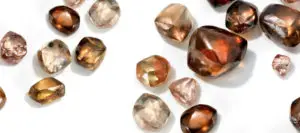
The price of a diamond varies depending on a number of factors, such as clarity, color, cut, carat weight, shape, fluorescence and rarity.
Color
The basic rule is: the more colorless the diamond, the more valuable and therefore expensive it is.
The GIA Color Scale determines the quality of a diamond’s color. It begins with D – which represents total transparency, and continues with increasing presence of color to letter Z – which stands for light yellow/brown/gray. Each letter is a measure of how noticeable the hue is.
Thus, the 23 color grades on the GIA chart are subdivided into five subcategories:
- colorless (D, E, F)
- near colorless (G, H, I, J)
- faint color (K, L, M)
- very light color (N-R)
- light color (S-Z)
According to this chart, a diamond with E color grade will be more valuable and expensive than, for example, a diamond with L grade. This is connected to the fact that colorless diamonds are rarer than stones which include a tint.
Clarity
Sometimes diamonds contain inclusions – internal flaws, and blemishes – external flaws. In order to assess the presence and frequency of inclusions in the diamond, GIA clarity grade is used.
According to this grade, diamond’s clarity can be divided into these categories:
- Flawless (FL)
no inclusions or blemishes are visible under 10x magnification - Internally Flawless (IF)
no inclusions, but some blemishes are visible under 10x magnification - Very, Very Slightly Included (VVS1, VVS2)
inclusions are present, but difficult to see under 10x magnification - Very Slightly Included (VS1, VS2)
minor inclusions are present and may or may not be easy to see under 10x magnification - Slightly Included (SI)
inclusions are present and visible under 10x magnification - Included (I)
inclusions are obvious under 10x magnification and can impact the diamond’s appearance
Although the difference in clarity from one grade to another may not be very noticeable to the naked eye, this characteristic plays an important role when evaluating a diamond.
Flawless diamonds are a great rarity, therefore they are the most expensive.
Cut
Diamond cutting is a process of sculpting a rough stone and turning it into a polished diamond. Cut is responsible for the brilliance and sparkle a diamond demonstrates.
Sometimes cut is confused with shape. Although these two terms work together to create the overall diamond’s appearance, they are not the same. The cut is about math and geometry – the cutter has to determine the right way to cut facets and angles in order to let the light shine through it. Meanwhile the shape is about the overall look.
A diamond’s cut grade evaluates brilliance, inner fire, weight ratio and symmetry. A diamond with an Excellent cut will be more valuable and expensive.
Carat weight
Carat weight is a unit of measurement that is used to express a mass of diamonds or other gemstones. More specifically, it is a measure, which equals to 200 mg or 0.20 grams.
The higher the diamond’s carat weight, the higher the price for that stone.
However, the increase in the value of a diamond is not always proportional to the increase in price. For example, some 1 carat diamonds will cost more than 3 carat ones. This is due to the fact that in addition to weight, there are many other factors that we’ve mentioned above, which primarily affect the price of the stone.
Shape
Diamonds on the gem market are found in a wide variety of shapes: some of them are classic, and some are fancy and unusual.
However, there is a consensus that round-shaped diamonds are more expensive than fancy-shaped diamonds with radiant, marquis, pear, heart or asscher shapes. This is due to the fact that during the cutting and shaping of the diamond, most of the rough stone is lost. When giving the stone a round shape, it loses the most weight – this is the reason for the higher price per carat. Less is wasted when cutting other diamond shapes – and that is why they are more affordable.
Fluorescence
Fluorescence is an effect when a diamond, placed under ultraviolet (UV) light, glows. According to the statistics, about 30% of diamonds have a fluorescent effect.
Fluorescence has both positive and negative effects on a diamond’s price. On the one hand, it can cancel out the yellowish-brown hue of a diamond with a low color grade, making it appear colorless. For this reason, the fluorescent effect can increase the value of these diamonds.
On the other hand, this effect can create a cloudy or oily appearance in diamonds that are colorless or near colorless. This can make a diamond look less desirable, lowering its value and price.
Rarity
Although diamonds are already considered rare, even among these unique stones there are those that are considered the rarest and therefore the most precious.
When it comes to fancy color diamonds, some of them can boast of such rare shades that many have not seen in their entire lives. Thus, the rarest diamonds are:
- Red
Red diamonds are the most expensive diamonds in the world. Their price and incredible value are related to their scarcity. Among all fancy color diamonds, they are found least often.
- Blue
Blue diamonds are the second rarest diamonds on the market. The chance to find a Blue Diamond in a mine is about 1 to 10,000.
- Green
Fancy Green Diamonds are also included in a list of the rarest stones. Natural gems with a predominant green color are so rare that only few people have seen them live – and even then, most likely, at exhibitions or in museums.
- Pink
According to the statistics, out of 20 million carats of diamonds mined each year, only 0,1% are pink. Although their faint pink shades are more available, fancy intense pinks are extremely rare.
The price of such rare types of diamonds – especially if they can boast a rich color – will be very high, and sometimes cosmic.
What is the diamond price chart?
The Rapaport Price List that we have mentioned above, is a diamond price chart – a special matrix that provides a benchmark to a diamond’s value based on its 4C’s and the GIA grading standards.
Martin Rapaport is a New York diamond broker with a diamond price chart that has been published every Friday since 1980. This list is a kind of a guideline for both sellers and buyers, which gives a general idea of the prices on the international diamond market.
Look at the Rapaport price chart for round diamonds weighing 0-5 carats.
Each matrix represents a weight class. On the left there is a diamond’s color and on the top a diamond’s clarity is represented. In order to know the diamond’s value, firstly, find the weight class of the matrix, secondly, crosscheck the row of a diamond’s color with the column of its clarity – and get the result (the results are in hundreds). Prices that have risen since the previous pricing sheet are represented in bold. Prices that have decreased are in italic bold.
Total Cost of a Diamond = Carat Weight x Price per carat
What is a diamond price per carat?
Look at the formula above. As we can see, price per carat is the total cost of the diamond divided by its weight.
For example, if there is a diamond that is priced $3,000 per carat and it is a two carat gem, you have to pay $6,000 for this diamond (2 x $3,000 = $6,000).
A curious fast: as a rule, the price per carat of – for example – a 2.00 carat diamond is higher than the price per carat of a 1 carat diamond. In other words, two 1 carat diamonds cost less than one 2 carat diamond. That is due to the fact that it is much harder to find a diamond weighing 2 carats than a similar diamond weighing 1 carat. Hence the disparity in price – scarcity plays a great role.
Such a jump is also connected to so-called key weights. Most diamond dealers and sellers charge extra money upon reaching the key weights.
The key weights are:
- 0.30 carats
- 0.40 carats
- 0.50 carats
- 0.70 carats
- 0.90 carats
- 1.00 carats
- 1.19 carats
- 1.50 carats
- 1.80 carats
- 2.00 carats
- every 0.50 carats above 2.00 carats
Thus, if you ever compare prices per carat from different suppliers and dealers, compare prices for similar diamonds – otherwise you will not get any clarity.
Tendencies of diamond prices
According to the annual report of Bain & Co. and the Antwerp World Diamond Center, the diamond industry experienced significant growth in 2021. All these parameters exceeded the pre-pandemic levels.
In 2022, the market is expected to demonstrate higher growth than during the pre-pandemic period and return to its historic growth pace by 2023–24. The demand for rough or polished diamonds and diamond jewelry is on the rise.
Accordingly, the same happens to diamond prices – they also show growth.
Subscribe to discover the world of diamonds and gems. If you have any questions, please let us know.


